Full moons in 2021: Wolf Moon to Thunder Moon, here are all 12 phases including 3 supermoons

2021 will come out as a treat for the skywatchers, as the year will witness three supermoons, one blue moon and two lunar eclipses, apart from the 12 full moons of the year.
According to the astronomy experts, the three supermoons — full moons that appear to be slightly bigger and brighter than a typical full moon because of their closer orbit to Earth will be rising in the sky during consecutive months: April, May and June.
The full moon on August 22 will be considered as a seasonal blue moon, which is the third of four full moons rising during the same season. In this case, it will be the third full moon in the summer. (The others are June 24, July 23 and Sept. 20.)
Total lunar eclipse (Blood Moon)
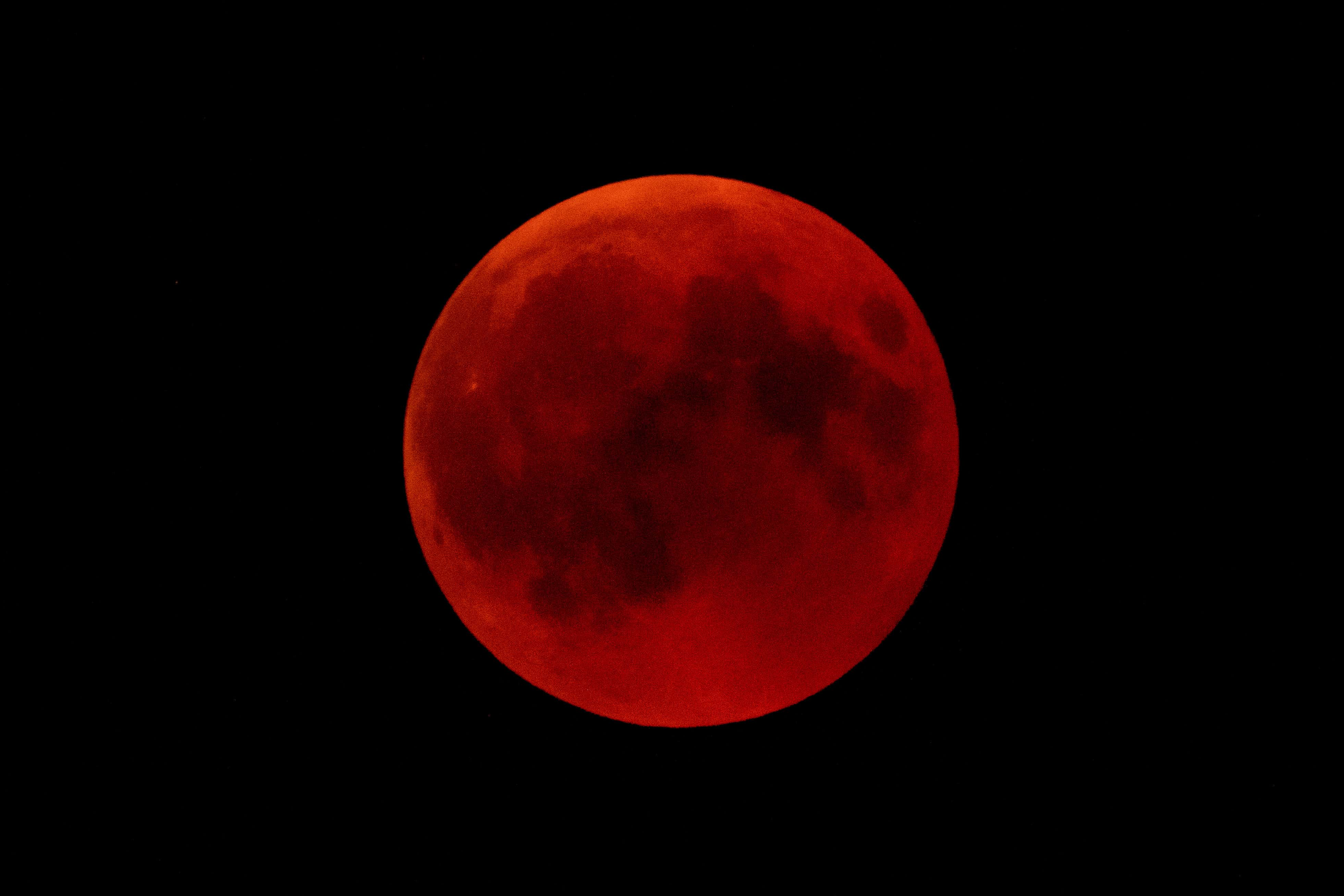
The total lunar eclipse will take place on 26 May 2021. If you are in Australia, parts of the western US, western South America, or in southeastern Asia, you will see a Super Full Moon totally eclipsed for about 14 minutes during this total lunar eclipse, weather permitting. Total lunar eclipses are also called Blood Moons because of the reddish-orange glow the Moon takes on during the eclipse. On the day of the eclipse, the Full Moon will be closest to the Earth, so it may look larger in the sky, making it a Blood Super Moon eclipse.
Partial lunar eclipse

The partial lunar eclipse will take place on November 19, 2021. This will be the last lunar eclipse of 2021 and will be visible from North and South America, Australia, and parts of Europe and Asia. A solar eclipse always occurs about two weeks before or after a lunar eclipse. Usually, there are two eclipses in a row, but other times, there are three during the same eclipse season.
What are the 12 phases of the Moon?
January: Wolf Moon
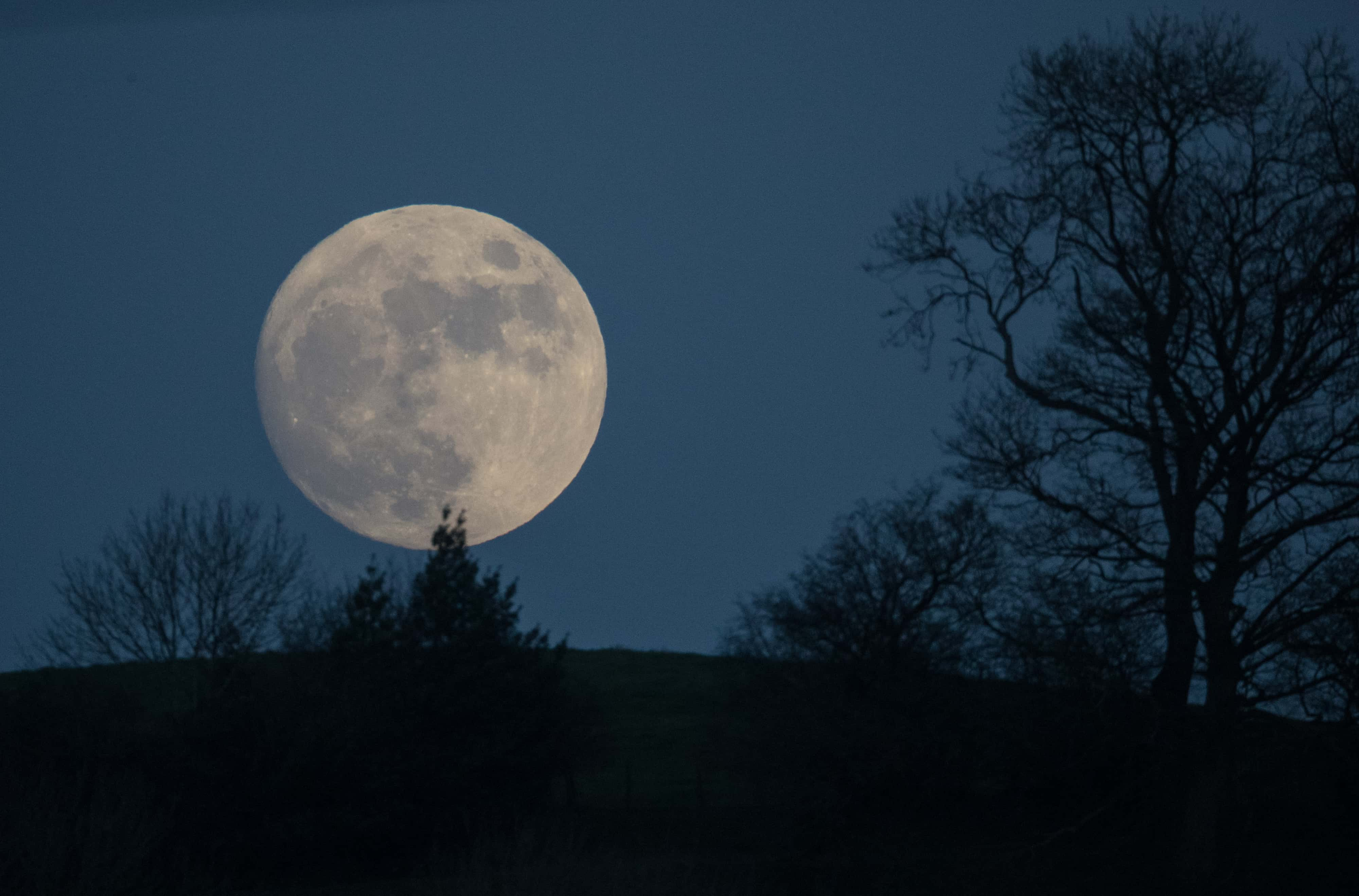
This will happen on January 28 at 2:16 p.m. January's full moon is named after the howling of hungry wolves lamenting the scarcity of food in midwinter. Other names for this month's full moon include old moon and ice moon.
February: Snow Moon
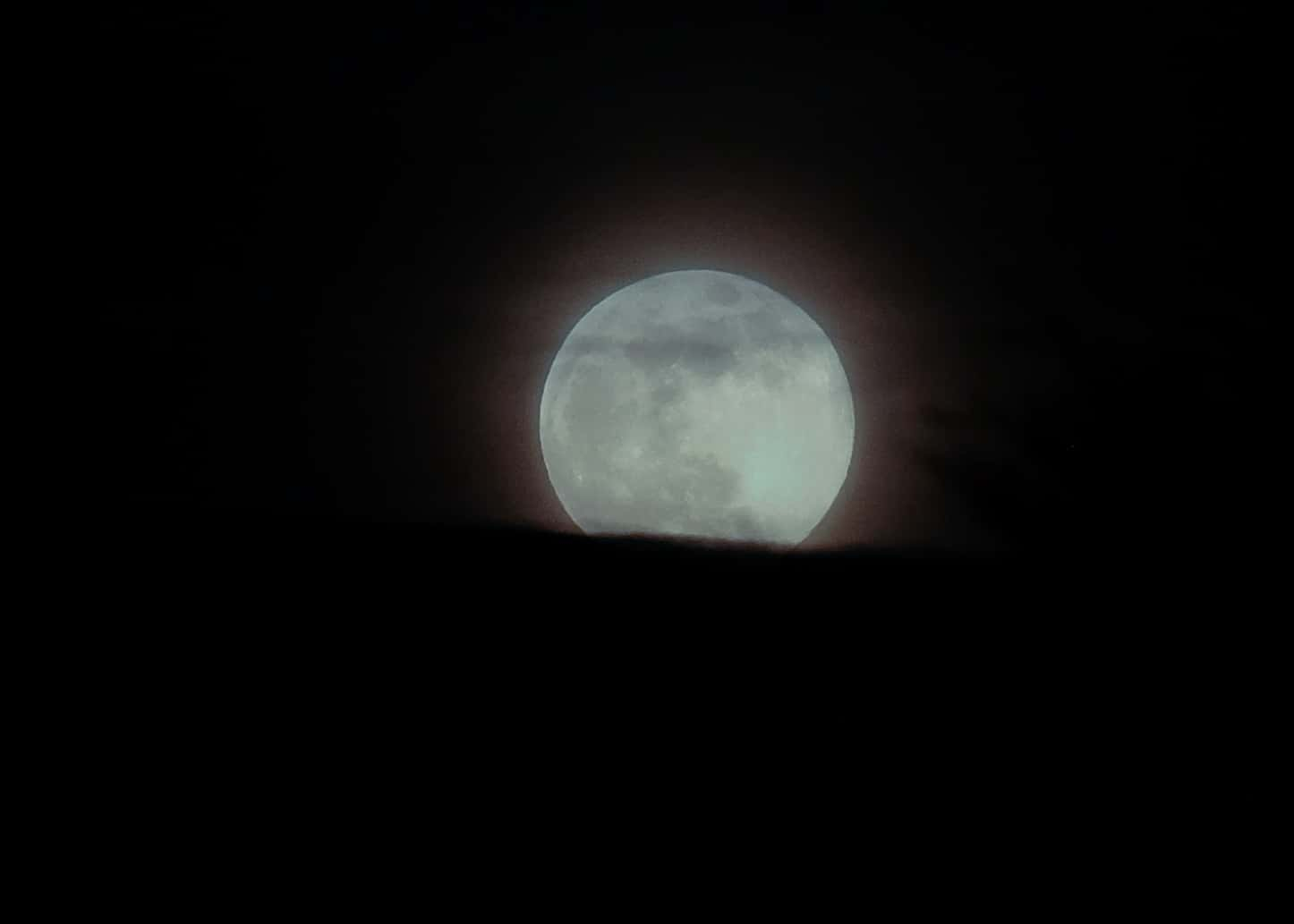
This will happen on February 27, at 3:17 a.m.February’s typically cold, snowy weather in North America earned its full moon the name snow moon. Storm moon and hunger moon are other common names.
March: Worm Moon
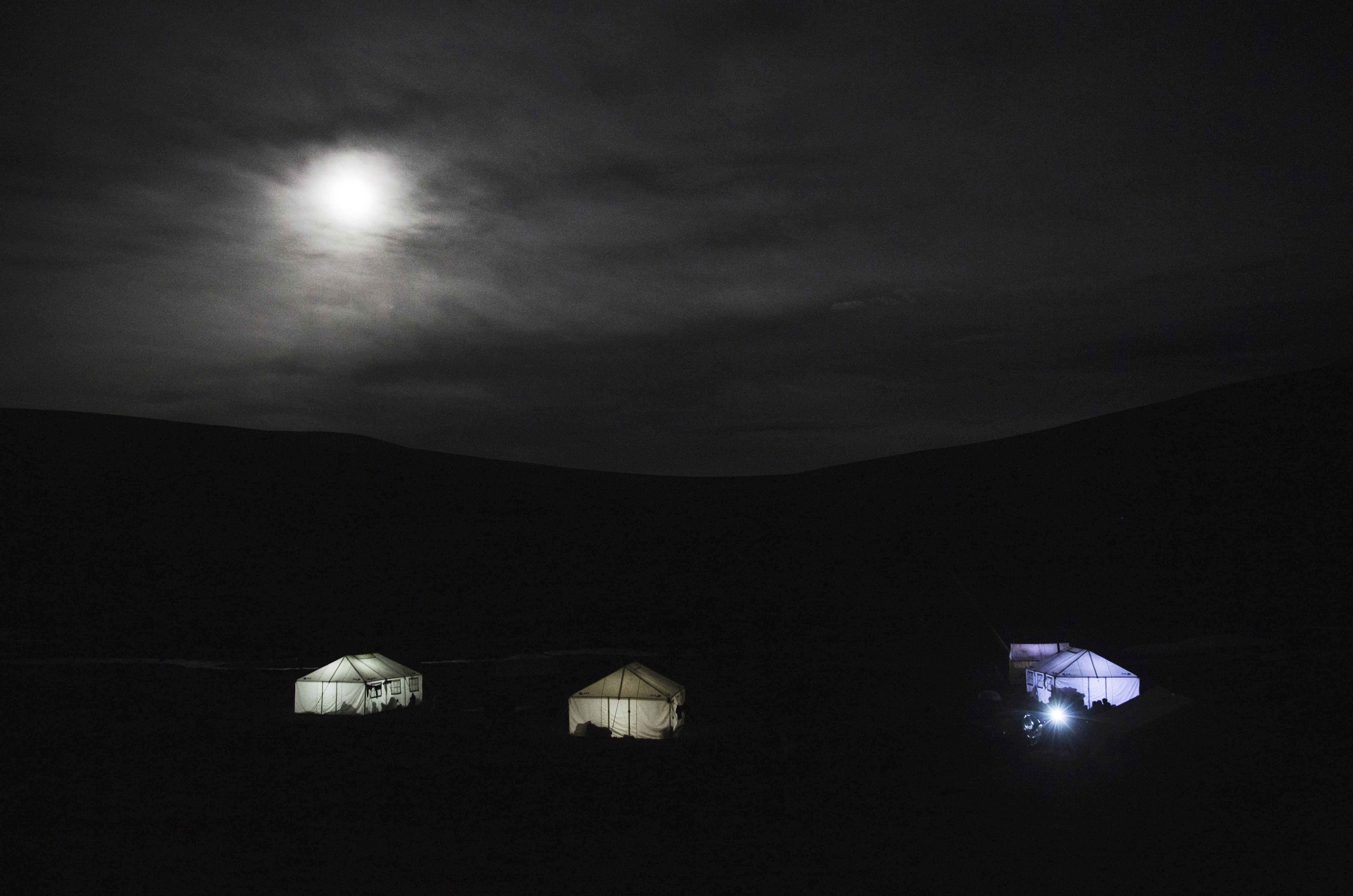
This will happen on March 28 at 2:48 p.m. Native Americans called this last full moon of winter the worm moon after the worm trails that would appear in the newly thawed ground. Other names include chaste moon, death moon, crust moon and sap moon, after the tapping of the maple trees.
April: Pink Moon
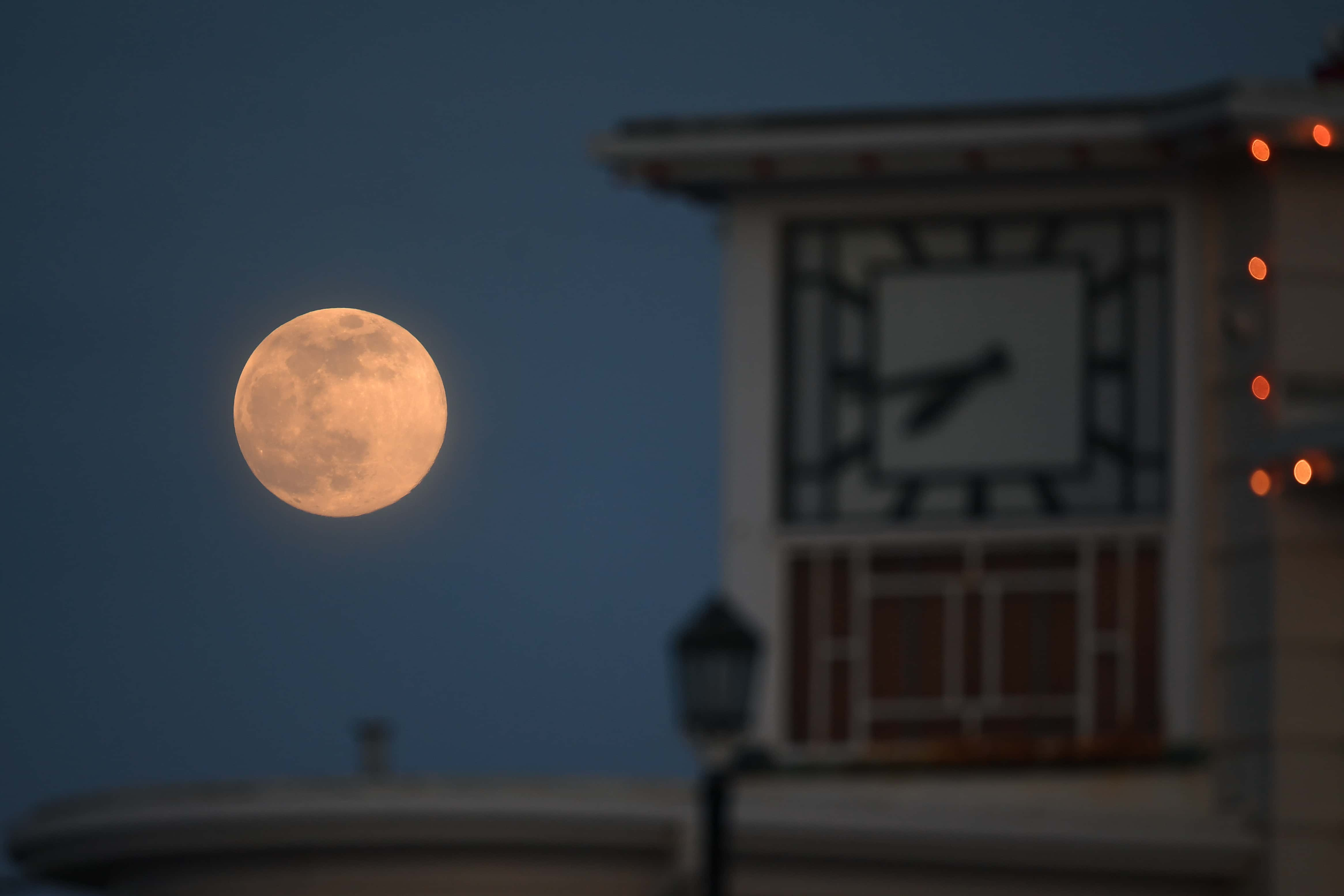
This will appear on April 26 at 11:31 p.m. Northern Native Americans call April's full moon the pink moon after a species of early blooming wildflower. In other cultures, this moon is called the sprouting grass moon, the egg moon, and the fish moon.
May: Flower Moon
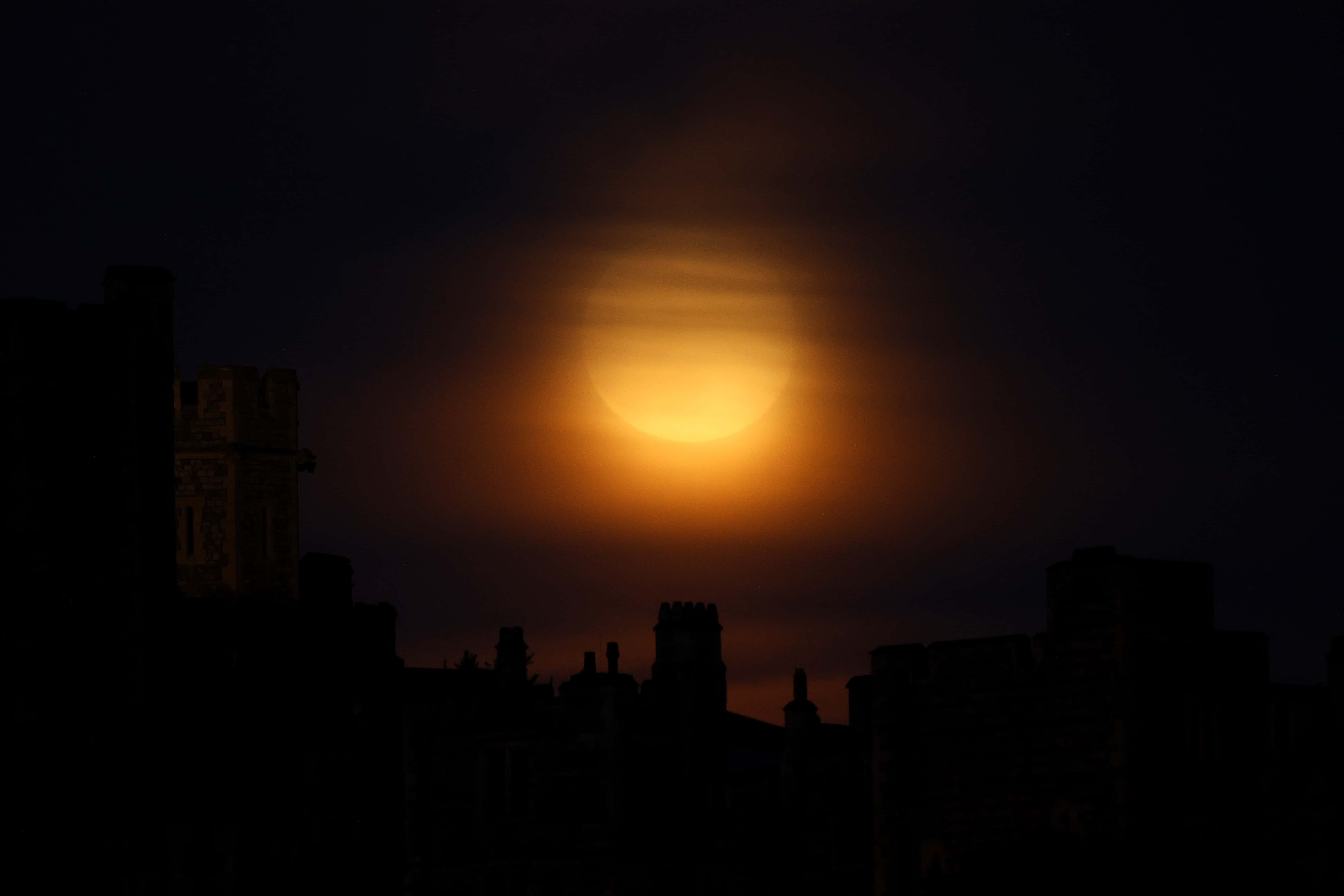
This will appear on May 26 at 7:13 a.m. Many cultures refer to May's full moon as the flower moon thanks to the abundant blooming that occurs as spring gets going properly. Other names include the hare moon, the corn planting moon, and the milk moon.
June: Strawberry Moon

This will appear on June 24 at 2:39 p.m. In North America, the harvesting of strawberries in June gives that month's full moon its name. Europeans have dubbed it the rose moon, while other cultures named it the hot moon for the beginning of the summer heat.
July: Buck Moon or Thunder Moon

This will appear on July 23 at 10:36 p.m. Male deer, which shed their antlers every year, begin to regrow them in July, hence the Native American name for July's full moon. Some refer to this moon as the thunder moon, due to the summer storms in this month. Other names include the hay moon, after the July hay harvest.
August: Sturgeon Moon

This will appear on August 22 at 8:01 a.m. North American fishing tribes called August's full moon the sturgeon moon since the species appeared in number during this month. It's also been called the green corn moon, the grain moon, and the red moon for the reddish hue it often takes on in the summer haze.
September: Full Corn Moon

This will appear on September 20 at 7:54 p.m. September's full corn moon is so called because this is when crops are gathered at the end of the summer season. At this time, the Moon appears particularly bright and rises early, letting farmers continue harvesting into the night. This moon is also sometimes named the barley moon, and it is often the nearest full moon to the autumnal equinox, earning the title of 'harvest moon'.
October: Hunter's Moon

This will appear on October 20 at 10:56 a.m. After the harvest moon comes the hunter's moon, in the preferred month to hunt summer-fattened deer and fox unable to hide in bare fields. Like the harvest moon, the hunter's moon is also particularly bright and long in the sky, giving hunters the opportunity to stalk prey at night. Other names include the travel moon and the dying grass moon.
November: Beaver Moon
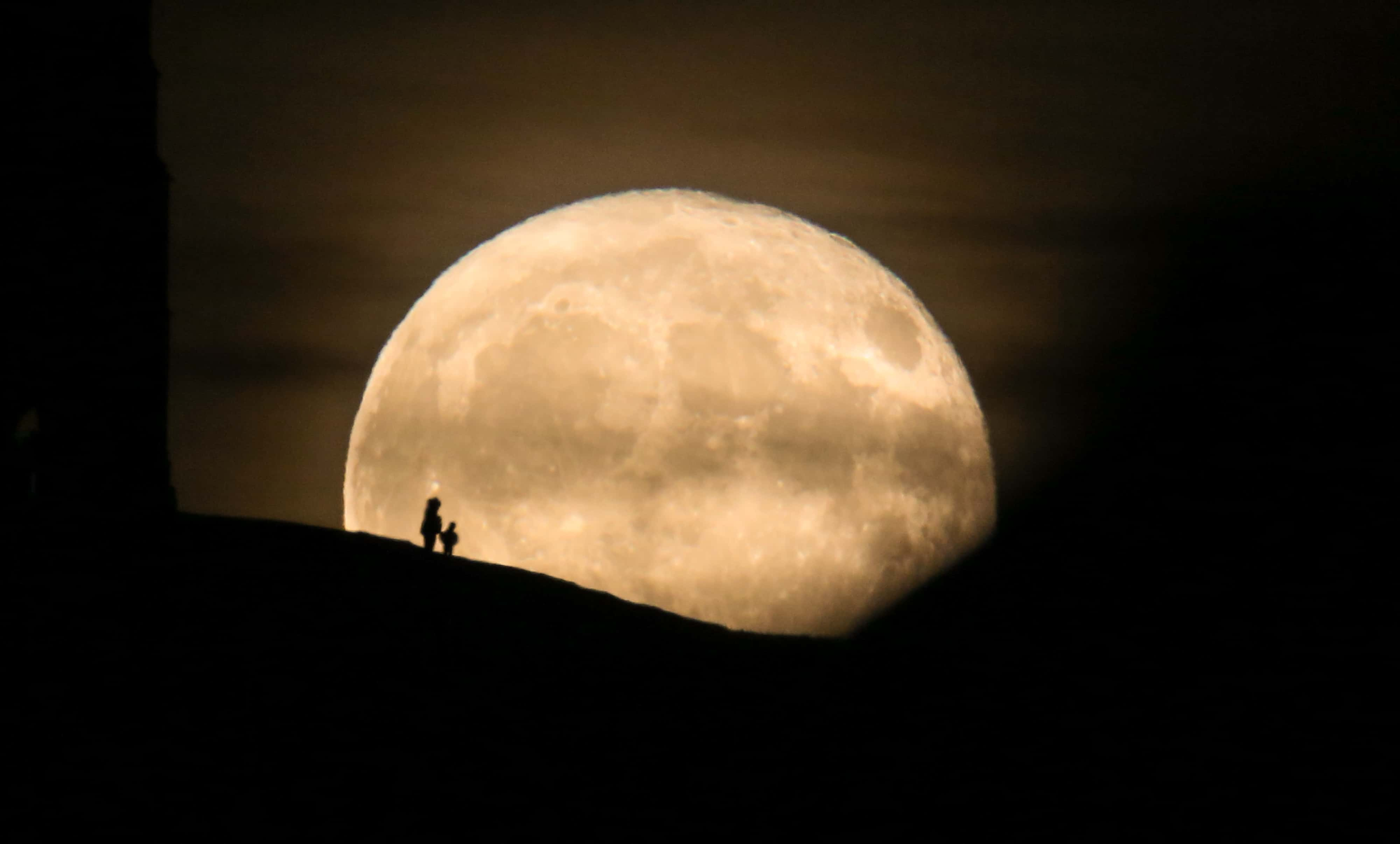
This will appear on November 19 at 3:57 a.m. There is disagreement over the origin of November's beaver moon name. Some say it comes from Native Americans setting beaver traps during this month, while others say the name comes from the heavy activity of beavers building their winter dams. Another name is the frost moon.
December: Cold Moon
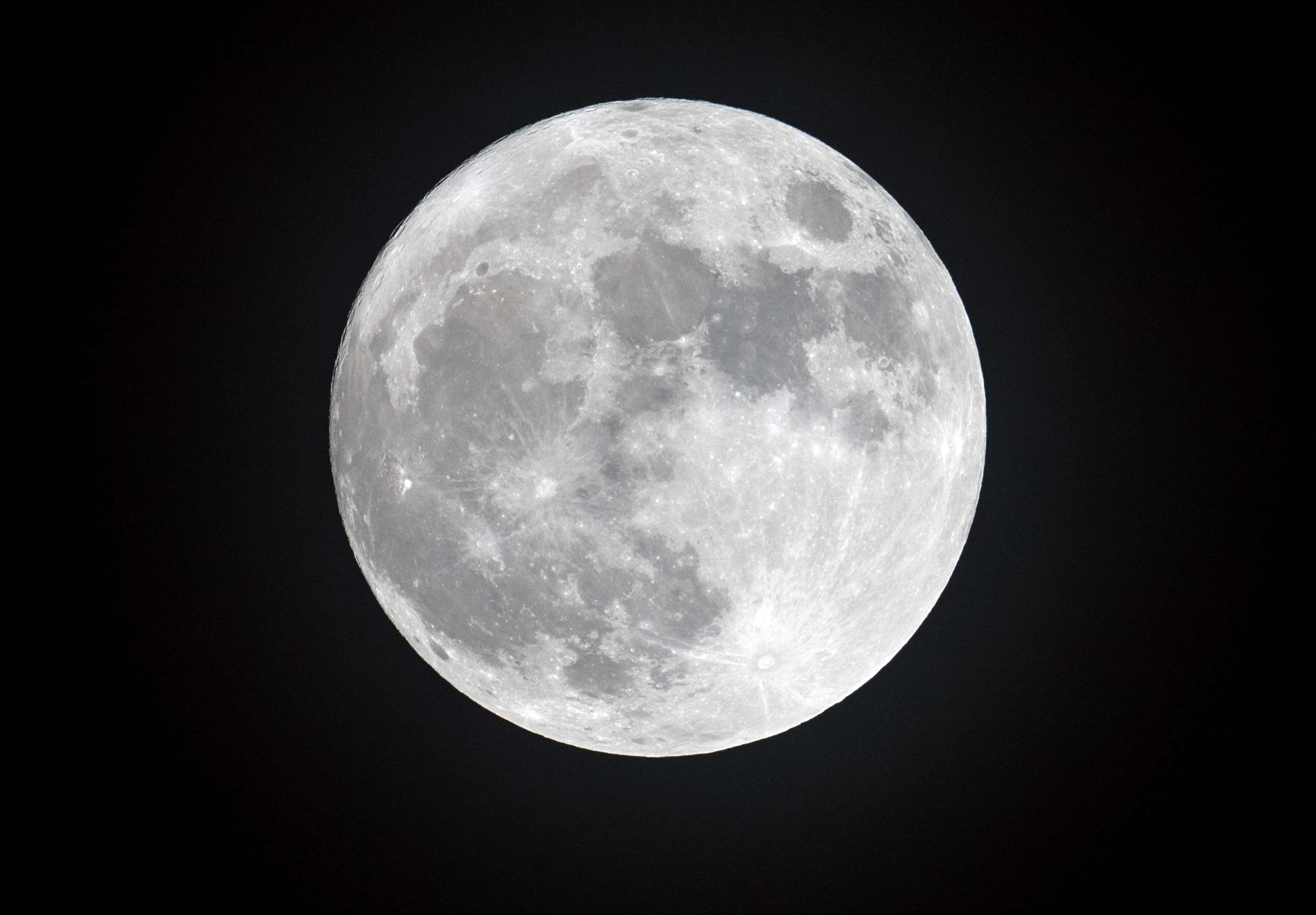
This will appear on December 18 at 11:35 p.m.The coming of winter earned December's full moon the name cold moon. Other names include the long night moon and the oak moon.










